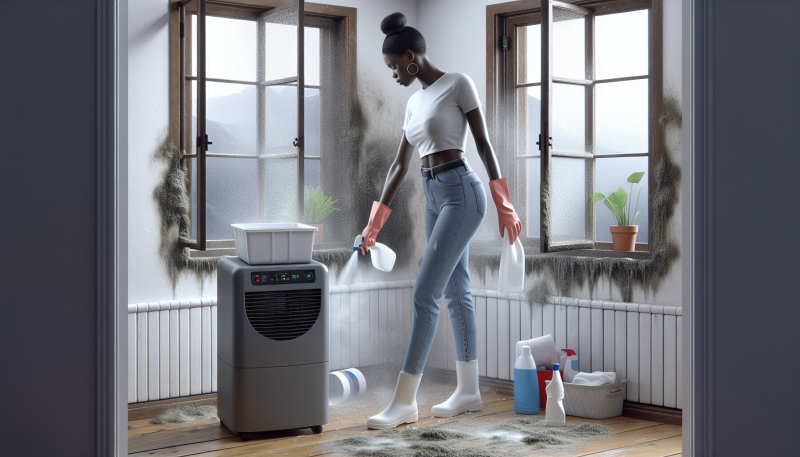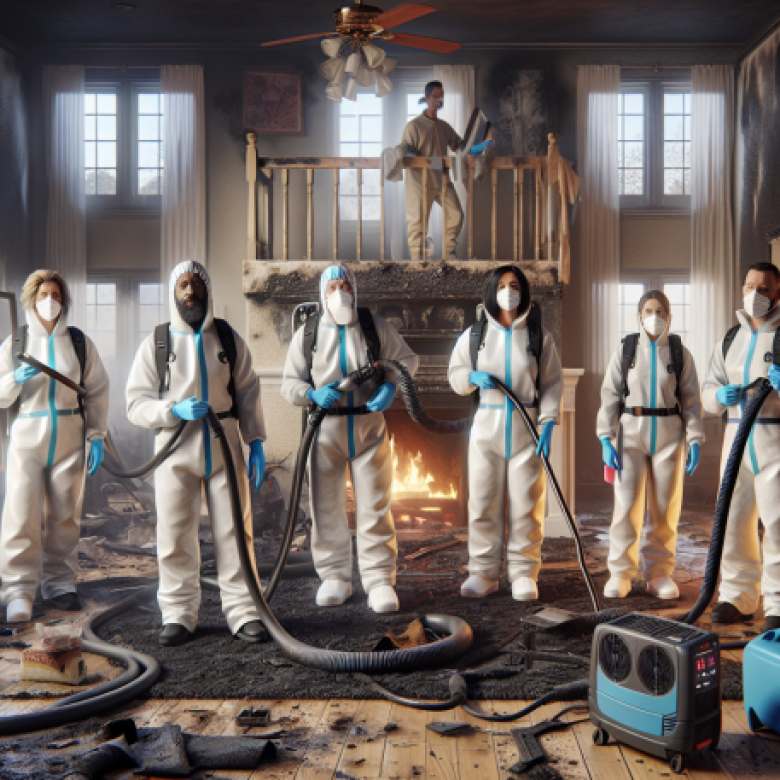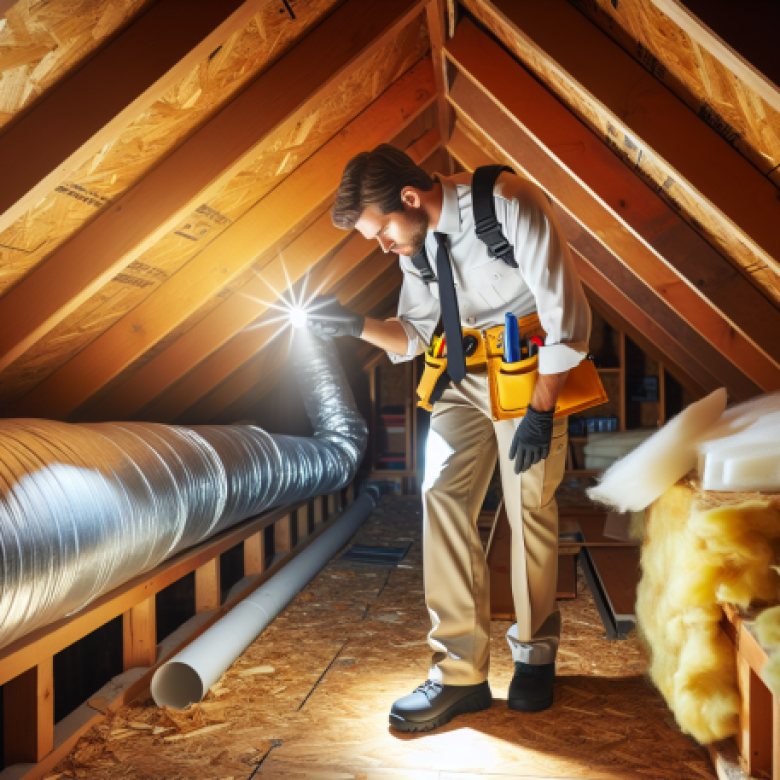Mold Prevention: Best Practices
Mold can be a persistent and damaging problem for both residential and commercial properties. At Projekt Property Restoration, we understand the importance of maintaining a mold-free environment to ensure the health and safety of your property. With over 16 years of experience in property restoration, our team is equipped with the knowledge and tools to provide effective mold prevention solutions. Located at 20533 Biscayne Blvd Suite #1231, Aventura, FL 33180, we are a fully licensed and insured company specializing in comprehensive restoration services, including mold assessment and remediation.
In this blog, we will share the best practices for mold prevention, helping you safeguard your property from potential mold infestations. From understanding the causes of mold growth to implementing proactive measures, our expert tips will guide you in maintaining a healthy and mold-free environment. Whether you are dealing with water damage, fire damage, or biohazard incidents, Projekt Property Restoration is here to assist you with prompt and professional service. For immediate assistance, contact us at 1-855-933-7935 or email us at Claims@ProjektFL.com.
Stay tuned as we delve into the essential steps for effective mold prevention, ensuring your property remains safe and secure.
Understanding the Causes of Mold Growth
Mold growth is a common issue that can have serious implications for both property and health. Understanding the causes of mold growth is crucial for effective mold prevention. Mold thrives in environments where moisture, organic material, and suitable temperatures are present. Here, we delve into the primary factors that contribute to mold growth and how you can mitigate these risks.
First and foremost, moisture is the key ingredient for mold growth. Mold spores are ubiquitous in the environment, but they require moisture to germinate and proliferate. Common sources of moisture include leaks in roofs, walls, or plumbing systems, as well as high humidity levels. According to the Environmental Protection Agency (EPA), indoor humidity levels should be kept below 60% to prevent mold growth. Regularly inspecting and maintaining your home’s plumbing and roofing systems can help identify and address leaks before they become a problem.
Another significant factor is the presence of organic material. Mold feeds on organic matter such as wood, paper, and fabric. This means that areas with poor ventilation and high moisture levels, such as basements, bathrooms, and kitchens, are particularly susceptible to mold growth. Ensuring proper ventilation in these areas can help reduce the risk. For instance, using exhaust fans in bathrooms and kitchens can help remove excess moisture from the air.
Temperature also plays a crucial role in mold growth. Mold generally thrives in temperatures between 77°F and 86°F (25°C to 30°C), although some species can grow in temperatures as low as 32°F (0°C) and as high as 95°F (35°C). Maintaining a consistent indoor temperature and avoiding excessive heat can help prevent mold from establishing itself. Using air conditioning during hot and humid months can be particularly effective in controlling indoor temperatures and humidity levels.
Poor ventilation can exacerbate mold problems by trapping moisture and creating stagnant air pockets where mold can thrive. Ensuring that your home has adequate ventilation is essential. This can be achieved by using fans, opening windows, and ensuring that HVAC systems are functioning correctly. Regular maintenance of HVAC systems, including cleaning and replacing filters, can also help reduce the risk of mold growth.
Water damage is another critical factor that can lead to mold growth. Events such as flooding, burst pipes, or even minor leaks can introduce significant amounts of moisture into your home. It is essential to address water damage promptly and thoroughly to prevent mold from taking hold. Professional water damage restoration services, such as those offered by Cooper City Water Damage and Water Damage Fort Lauderdale, can help ensure that all moisture is removed and affected areas are properly dried and treated.
In some cases, mold growth can be hidden behind walls, under floors, or in other concealed areas. This makes it challenging to detect and address the problem early. Utilizing advanced techniques such as infrared thermal imaging can help identify hidden moisture and mold growth, allowing for timely intervention.
Additionally, certain materials and construction practices can contribute to mold growth. For example, using materials that are prone to retaining moisture, such as certain types of insulation or drywall, can increase the risk. Opting for mold-resistant materials and ensuring proper construction practices can help mitigate this risk.
Finally, it is essential to be aware of the health implications of mold exposure. According to the Centers for Disease Control and Prevention (CDC), exposure to mold can cause a variety of health issues, including respiratory problems, allergic reactions, and skin irritation. Individuals with preexisting health conditions, such as asthma or weakened immune systems, are particularly vulnerable. Therefore, taking proactive steps to prevent mold growth is not only crucial for property preservation but also for safeguarding your health.
In summary, understanding the causes of mold growth involves recognizing the critical role of moisture, organic material, temperature, and ventilation. By addressing these factors through regular maintenance, proper ventilation, and prompt response to water damage, you can significantly reduce the risk of mold growth in your home. For more information on mold prevention and remediation, consider consulting with professionals who specialize in Cooper City Mold Removal or Davie Mold Removal.
- Environmental Protection Agency (EPA). “Mold.” Retrieved from https://www.epa.gov/mold
- Centers for Disease Control and Prevention (CDC). “Mold.” Retrieved from https://www.cdc.gov/mold
- American Society of Heating, Refrigerating and Air-Conditioning Engineers (ASHRAE). “Humidity Control Design Guide for Commercial and Institutional Buildings.”
Effective Strategies for Mold Prevention
Mold prevention is a critical aspect of maintaining a healthy and safe living environment. Effective strategies for mold prevention involve a combination of proactive measures and regular maintenance to ensure that mold does not find the conditions it needs to thrive. One of the most important steps in mold prevention is controlling moisture levels within your home. Mold spores are ubiquitous in the environment, but they require moisture to grow. Therefore, addressing any sources of water intrusion, such as leaks in the roof, walls, or plumbing, is essential. Regularly inspecting and repairing these areas can prevent mold from gaining a foothold.
Another key strategy is ensuring proper ventilation in areas prone to moisture, such as bathrooms, kitchens, and basements. Using exhaust fans, opening windows, and employing dehumidifiers can help reduce humidity levels, making it less conducive for mold growth. It’s also beneficial to keep an eye on the humidity levels in your home with a hygrometer, aiming to keep indoor humidity below 60 percent. In addition, promptly drying any wet areas, such as after a spill or flood, is crucial. Mold can begin to grow within 24 to 48 hours of water exposure, so quick action is necessary to prevent this.
Regular cleaning and maintenance are also vital. Using mold-inhibiting cleaners in bathrooms and kitchens can help keep mold at bay. It’s also important to clean and repair roof gutters regularly to prevent water from seeping into your home. Furthermore, ensuring that your home has adequate drainage around the foundation can prevent water from accumulating and seeping into the basement or crawl spaces.
In some cases, professional intervention may be necessary, especially if you are dealing with a significant mold problem or if mold is found in hard-to-reach areas. Professional mold removal services, such as those offered by Cooper City Mold Removal and Davie Mold Removal, can effectively address and remediate mold issues. These services often include a thorough inspection, mold assessment, and the use of specialized equipment to remove mold safely and efficiently.
Additionally, investing in preventive measures such as waterproofing your basement and using mold-resistant building materials can provide long-term protection against mold. For those who have experienced water damage, services like Weston Water Damage restoration can help mitigate the risk of mold growth by ensuring that all affected areas are thoroughly dried and treated.
In conclusion, effective mold prevention requires a multifaceted approach that includes controlling moisture, ensuring proper ventilation, regular cleaning and maintenance, and seeking professional help when necessary. By implementing these strategies, you can protect your home from the harmful effects of mold and maintain a healthy living environment.
In conclusion, mold prevention is a crucial aspect of maintaining a healthy and safe living environment. By understanding the conditions that promote mold growth and implementing best practices such as controlling humidity levels, ensuring proper ventilation, and promptly addressing leaks and water damage, you can significantly reduce the risk of mold infestation in your home. Regular cleaning and maintenance, along with the use of mold-resistant products, further bolster your defenses against this persistent problem. By staying proactive and vigilant, you can protect your home and your health from the adverse effects of mold, ensuring a cleaner, safer, and more comfortable living space for you and your loved ones.





